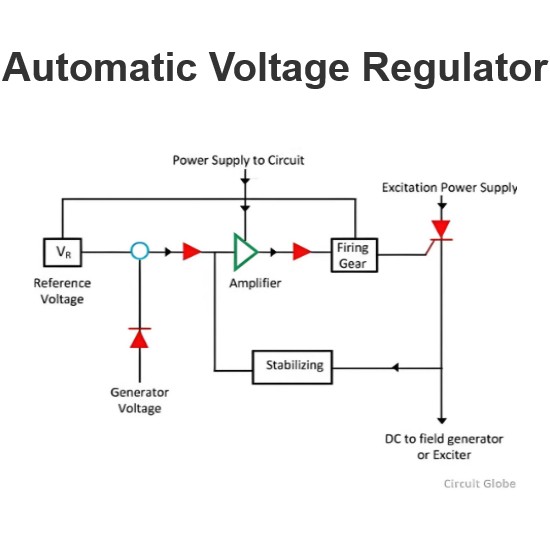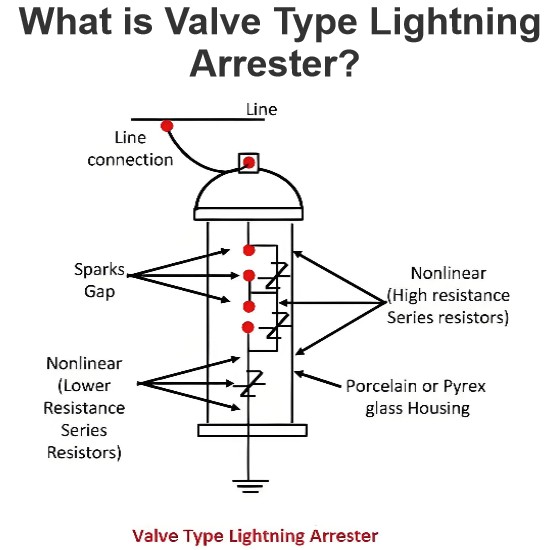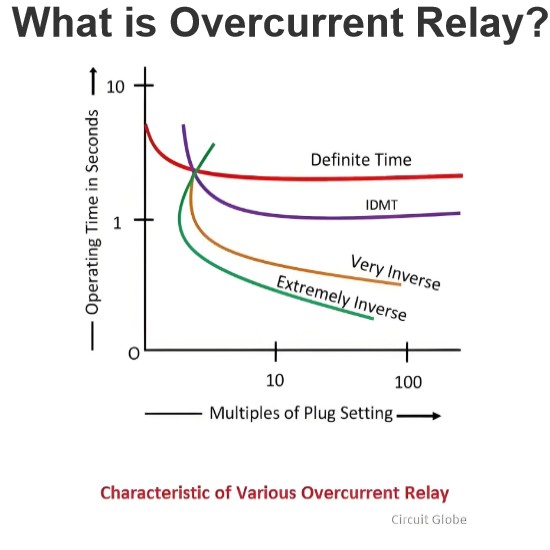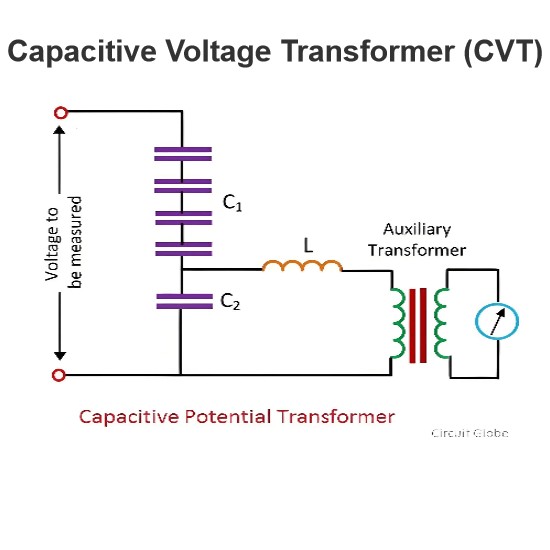Advantages of using stranded conductors instead of solid conductors in electrical wiring circuits
Using stranded conductors instead of solid conductors in electrical wiring circuits has the following benefits:
Mechanical properties
Better flexibility
A stranded conductor consists of strands of thin wire twisted together and is softer than a solid conductor. This makes it easier to bend and install during the wiring process, especially if you need to bypass obstacles or wire in tight Spaces.
For example, in some complex electrical control cabinets, the use of stranded conductors can easily arrange the wires in different positions without damaging the conductors due to excessive bending.
Strong tensile resistance
Because the stranded conductor is composed of multiple strands of wire, each strand of wire can share the tension when it is subjected to tension, thus improving the tensile resistance of the conductor. In contrast, solid conductors tend to break when subjected to tension.
For example, in some equipment that needs to be moved frequently or subjected to vibration, such as cranes, elevators, etc., the use of stranded conductors can better withstand mechanical stress and reduce the risk of wire breakage.
Good resistance to bending fatigue
In the case of repeated bending, the life of a stranded conductor is usually longer than that of a solid conductor. This is because the strands of the stranded conductor can slide relative when bending, thus dispersing the bending stress and reducing the fatigue damage of the conductor.
For example, in some wire applications that require frequent bending, such as mobile electrical equipment, robots, etc., the use of stranded conductors can improve the reliability and service life of the wire.
Electrical performance
Large surface area, good heat dissipation
The surface area of the stranded conductor is relatively large, which is conducive to heat dissipation. Under a high current load, the heat generated by the conductor can be dissipated more quickly, thereby reducing the temperature of the conductor and improving the safety and reliability of the electrical system.
For example, in some high-power electrical equipment, such as motors, transformers, etc., the use of stranded conductors can effectively reduce the temperature rise of conductors and avoid damage to insulation materials due to overheating.
Good high frequency characteristic
In high frequency circuits, the skin effect of the stranded conductor is relatively small, and the current is more evenly distributed across the cross section of the conductor. This makes the stranded conductor have less resistance at high frequencies and better signal transmission performance.
For example, in high frequency applications such as communications equipment and RF circuits, the use of stranded conductors can reduce signal attenuation and distortion and improve circuit performance.
Strong anti-interference ability
Stranded conductors can effectively reduce electromagnetic interference (EMI) and radio frequency interference (RFI). Because there are certain capacitors and inductors between the strands of the stranded conductor, these capacitors and inductors can form a low-pass filter, which can inhibit the high-frequency interference signal.
For example, in some electronic equipment with high electromagnetic compatibility requirements, such as computers, medical equipment, etc., the use of stranded conductors can improve the anti-interference ability of the equipment to ensure the normal operation of the equipment.
Cost aspect
The cost is relatively low
In some cases, a stranded conductor may cost less than a solid conductor. This is because stranded conductors can be twisted using thinner wires, which are generally easier to produce and process than thick solid conductors, and are relatively inexpensive.
For example, in some large-scale electrical wiring projects, the use of stranded conductors can reduce material costs and improve the economic efficiency of the project.
Sum up
Using stranded conductors instead of solid conductors in electrical wiring circuits has many benefits, including better mechanical properties, electrical performance, and cost effectiveness. In practical applications, the appropriate conductor type should be selected according to the specific needs and situations.
The Electricity Encyclopedia is dedicated to accelerating the dissemination and application of electricity knowledge and adding impetus to the development and innovation of the electricity industry.




